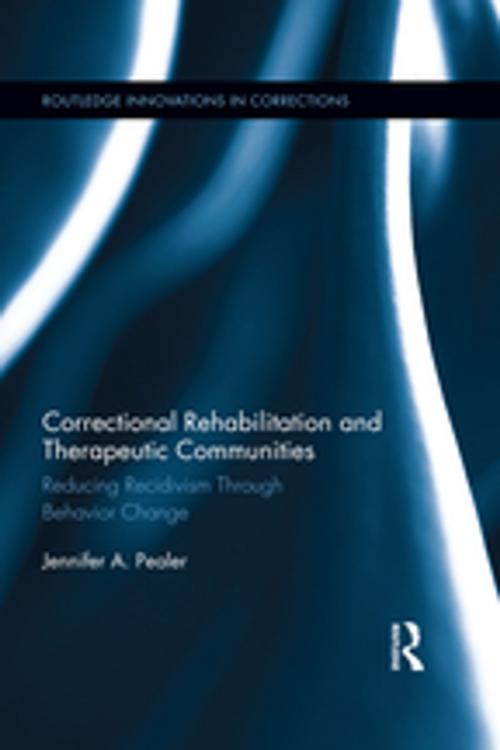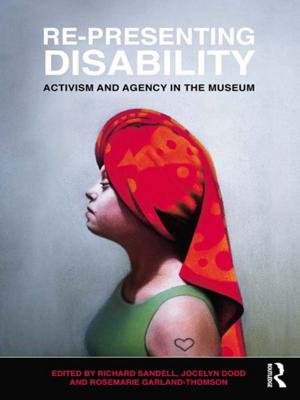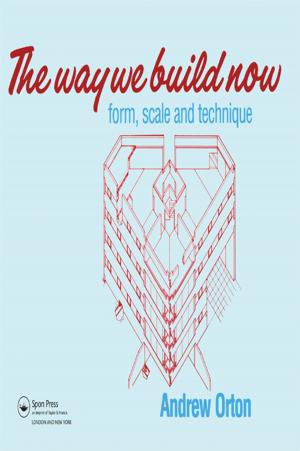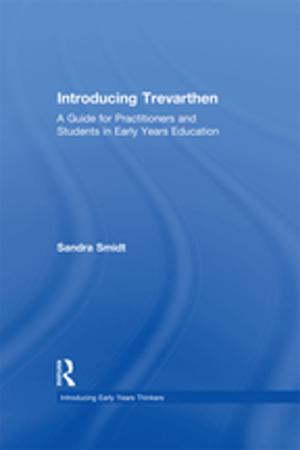Correctional Rehabilitation and Therapeutic Communities
Reducing Recidivism Through Behavior Change
Nonfiction, Social & Cultural Studies, Social Science, Crimes & Criminals, Criminology| Author: | Jennifer A. Pealer | ISBN: | 9781351973342 |
| Publisher: | Taylor and Francis | Publication: | March 16, 2017 |
| Imprint: | Routledge | Language: | English |
| Author: | Jennifer A. Pealer |
| ISBN: | 9781351973342 |
| Publisher: | Taylor and Francis |
| Publication: | March 16, 2017 |
| Imprint: | Routledge |
| Language: | English |
Drawing on original research on the effectiveness of a therapeutic community (TC) in reducing recidivism among juvenile male offenders, Correctional Rehabilitation and Therapeutic Communities: Reducing Recidivism Through Behavior Change provides a comprehensive review of the current state of drug treatment for the offending population, especially the link between juvenile offending and substance abuse. The book assesses the factors predicting successful completion of treatment as well as the methodological limitation of previous TC program reviews, and suggests policy implication and routes for future research.
Using improvements such as multiple outcome criteria, long-term follow-up, matching groups on risk and needs, and the employment of a standardized instrument to measure program quality, Correctional Rehabilitation assesses the degree to which participation in the TC affects antisocial attitudes and reduces delinquency. Readers will explore how TCs can be designed to influence adolescent drug offenders and ultimately reduce recidivism. This book is essential reading for students, researchers, practitioners, and other stakeholders focusing on the development of treatment programs.
Drawing on original research on the effectiveness of a therapeutic community (TC) in reducing recidivism among juvenile male offenders, Correctional Rehabilitation and Therapeutic Communities: Reducing Recidivism Through Behavior Change provides a comprehensive review of the current state of drug treatment for the offending population, especially the link between juvenile offending and substance abuse. The book assesses the factors predicting successful completion of treatment as well as the methodological limitation of previous TC program reviews, and suggests policy implication and routes for future research.
Using improvements such as multiple outcome criteria, long-term follow-up, matching groups on risk and needs, and the employment of a standardized instrument to measure program quality, Correctional Rehabilitation assesses the degree to which participation in the TC affects antisocial attitudes and reduces delinquency. Readers will explore how TCs can be designed to influence adolescent drug offenders and ultimately reduce recidivism. This book is essential reading for students, researchers, practitioners, and other stakeholders focusing on the development of treatment programs.















